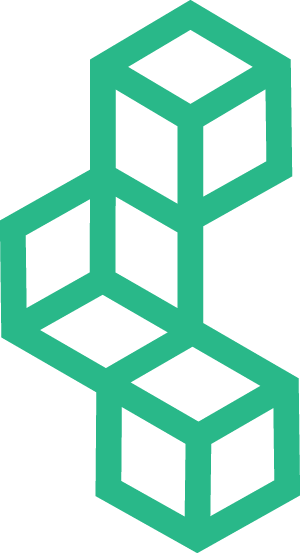Are you curious about the latest technology transforming the world of Architecture, Engineering, and Construction (AEC)? Look no further than the Digital Twin. This virtual model is an exact copy of a physical object or system that represents its entire lifecycle. The Digital Twin is a game-changer for the AEC industry, providing real-time data on physical assets and enabling engineers and operators to make data-driven decisions and monitor assets remotely. In this blog post, we will explore the benefits of Digital Twins for AEC and how they are being used in the industry. But before that, let's understand what Digital Twins are and how they work.
What is a digital twin?
A Digital Twin is a powerful and innovative concept that involves creating a virtual replica of a physical object or system capable of representing its entire lifecycle. This can include many assets, such as buildings, HVAC systems, bridges, transit systems, etc. By creating a digital twin, engineers and operators can gain real-time insights into the performance and behavior of physical assets, enabling them to make data-driven decisions and optimize the performance of these assets over time. This blog discusses digital twins, data visualization, and Facility Management Software.
Here's how data visualization is reshaping architecture, engineering, and construction
Connected sensors monitor the physical asset, collect data, and map it directly onto the virtual model. This allows facility managers and capital planners to view real-time information about the physical thing.
A digital twin uses data from connected sensors to demonstrate how an asset will perform throughout its useful lifecycle. Internet of Things (IoT) data can measure specific asset health and performance indicators, such as temperature and humidity.
Find out how a digital twin was pivotal in rebuilding Notre Dame in Paris following the fire.
Incorporating this data in the virtual model (aka the digital twin) gives architects and engineers a full view of how buildings and systems are currently performing with real-time data from the physical assets.
5 Benefits of Digital Twins for Architecture, Engineering, and Construction (AEC)
As the Internet of Things (IoT), artificial intelligence (AI), and cloud-computing technologies continue to drive digital transformation for Architecture, Engineering, and Construction (AEC), the digital twin is gaining traction.
1. Better Physical Asset Lifecycle Prediction
Digital Twins allow facility management teams to understand the current status of physical assets while also providing a peek into the future of asset lifecycle. Data collected by connected sensors enables facility managers to analyze better how physical assets and systems will perform in the future.
2. Modelling Future Performance
Digital Twins allow engineers to run computer simulations to understand how the system would perform in various real-world scenarios.
Find out how the Intellis Foundation System handles scenario planning.
3. Monitoring Physical Assets Remotely
Digital Twins allow engineers and operators to monitor buildings and systems when they are off-site. They can access a detailed view of physical assets from anywhere, eliminating the need for facility managers and engineers to always be on-site.
4. Data-Driven Decisions
Digital Twins enable facility managers and engineers to make smarter business decisions based on accurate data. Digital Twins provide rich data sets that help building owners and operators maximize physical asset performance, maximizing capital planning investments.
5. Improved Building Maintenance and Operations
Digital Twins make it possible to make facility operations more efficient because all maintenance is documented in a digital ledger. With digital twins, it is easier to aggregate data from multiple sources to create a single source for data analysis. This means facility managers can monitor the maintenance of physical assets and predict material and labor cycles, which reduces waste and enhances efficiency.
Benefits of Facility Capital Planning Software
As digital twins gain momentum in Architecture, Engineering, and Construction (AEC), building operators and owners can strategize the long-range planning of asset performance. Digital twins could become the foundation for the urban environment's resilience to global challenges. FOUNDATION is Facility and Capital Planning software that supports facility condition assessment and facility service programs
- Create a single source of asset data across all building and systems portfolios.
- Deliver consistent and valuable Facility Condition Assessment data across all asset types, including building and site assets.
- Powerful reporting and analytics allow your team to access real-time KPIs supporting benchmarking, decision-making, and performance monitoring.
- Manage multiple asset portfolios, knowing where to spend the budget best for optimal asset performance.
- Develop informed and dynamic capital investment strategies while identifying funding risks and opportunities.
Software for Facility Management
If you're looking to improve the efficiency of your facility management and make data-driven decisions, Facility Capital Planning Software can be a game-changer for you. The system enables engineers to monitor physical assets remotely and accurately predict asset performance. To learn more about the benefits of software for the AEC industry, schedule a demo with our team. FOUNDATION is Facility Capital Planning software supporting facility condition assessment and management programs; try FOUNDATION today!
---
Are you looking for ways to optimize your facility management? Incorporating Digital Twins can help you better understand the current status of physical assets, monitor them remotely, and make smarter business decisions based on accurate data. Explore this blog post to understand the benefits of Digital Twins for Architecture, Engineering, and Construction (AEC).


